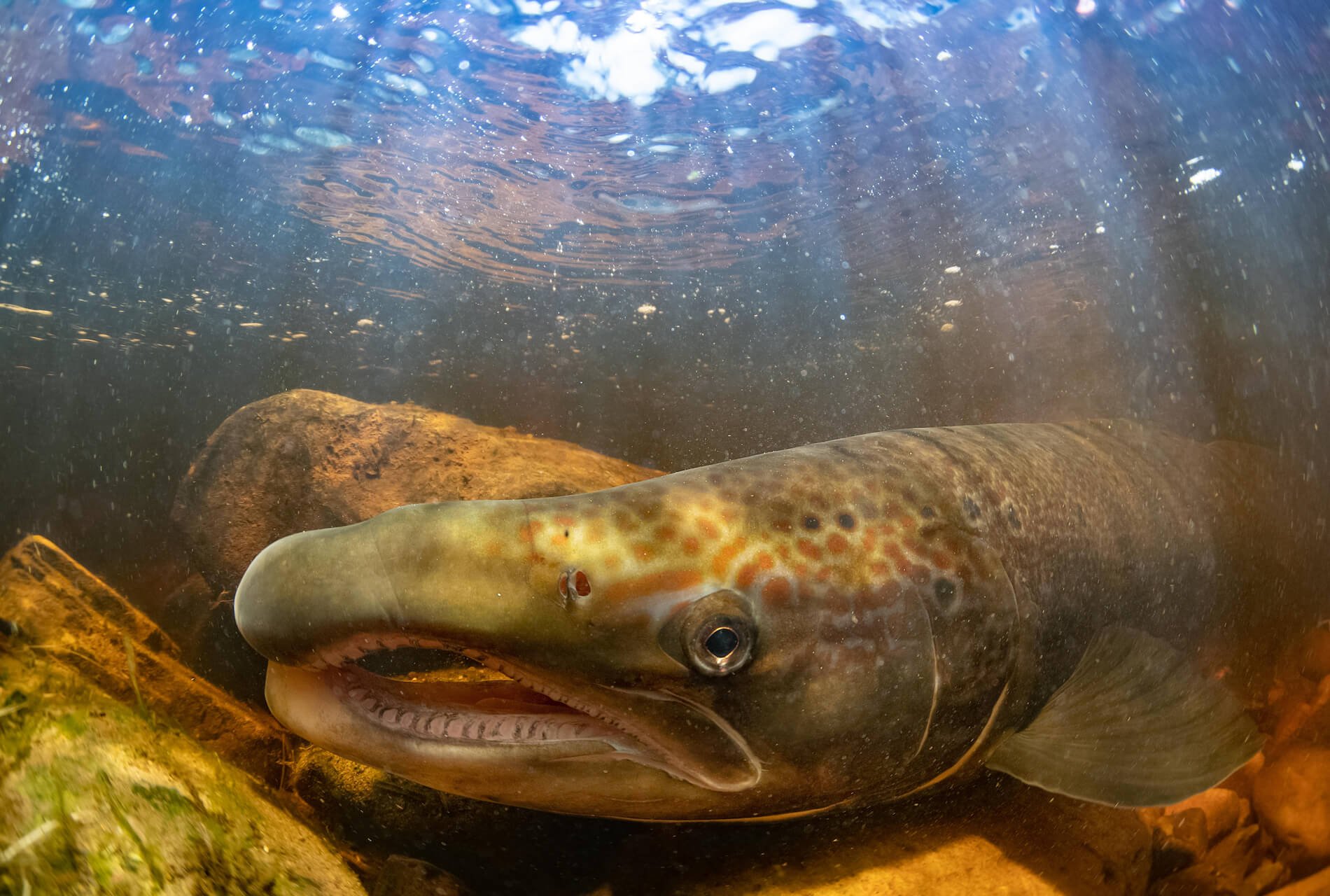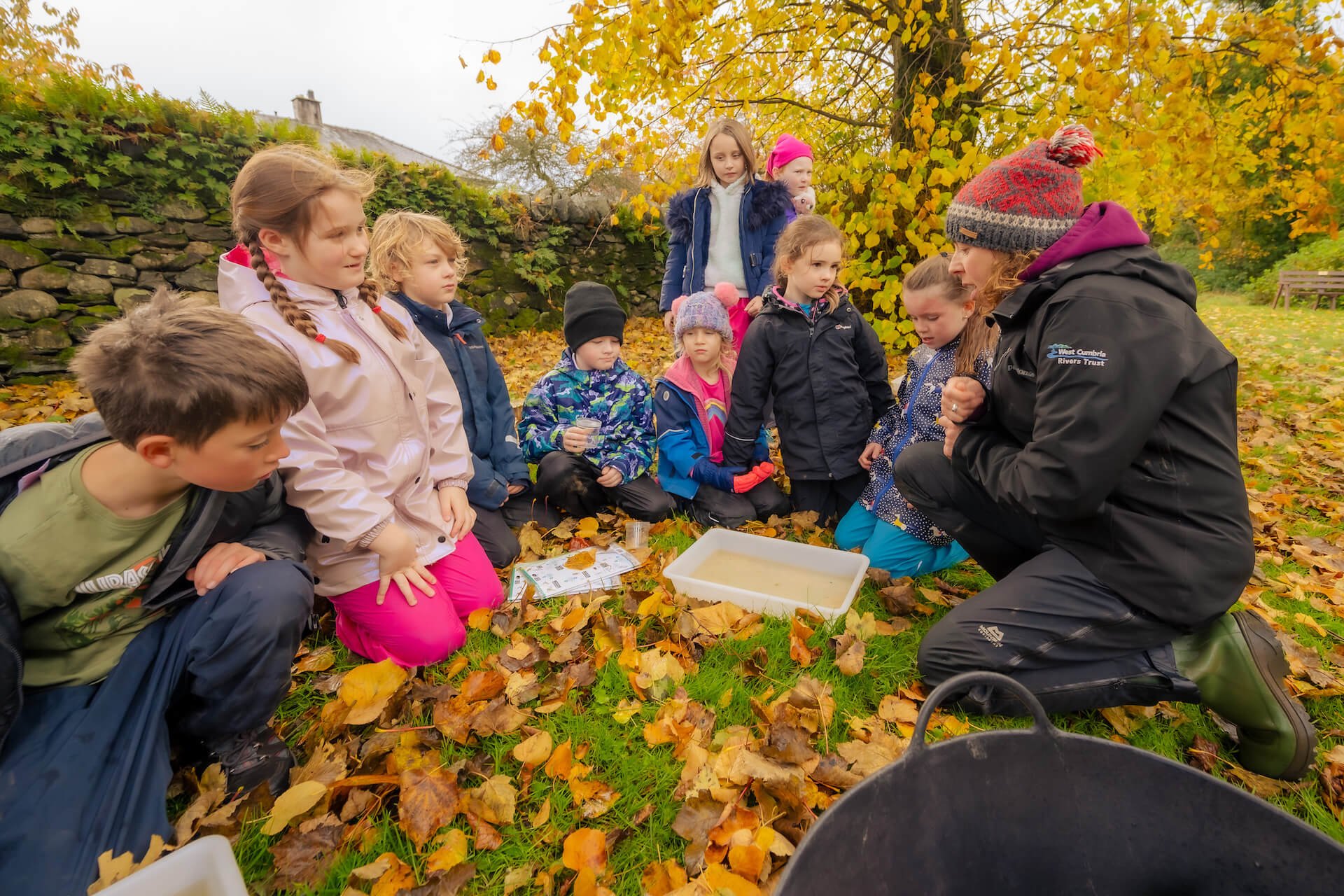
News
West Cumbria Rivers Trust leads the way in highlighting urgent water quality issues in Derwent Water
West Cumbria Rivers Trust lead the way in highlighting urgent water quality issues in Derwent Water.
Major works open up new ‘Routes’ for woodland
Wildlife and local community benefit from woodland and river works.
But what does Bathing Water status achieve for Derwent Water?
But what does gaining Bathing Water status mean for Derwent Water? I’ve been pondering what it means and where we go from here.
Free screening of swimming film to celebrate Bathing Water status of Derwent Water
Free screening of swimming film to celebrate Bathing Water status of Derwent Water.
Lloyds Banking Group makes £50k investment
Project to reduce flood risk to Keswick gains support from major investor
Lake lovers asked to urgently feedback on consultation
Lake lovers urged to take part in consultation to get Derwent Water bathing water status.
Slow down, patrol the road and save the Toad
West Cumbria Rivers Trust calls out for drivers to slow down for toads & volunteers to help patrol the roads.

About us
We have been protecting and preserving our waterways and blue spaces since 2009. Formed around a kitchen table by volunteers, we have come a long way since then, winning four awards and supporting internationally important habitats and their wildlife.




















